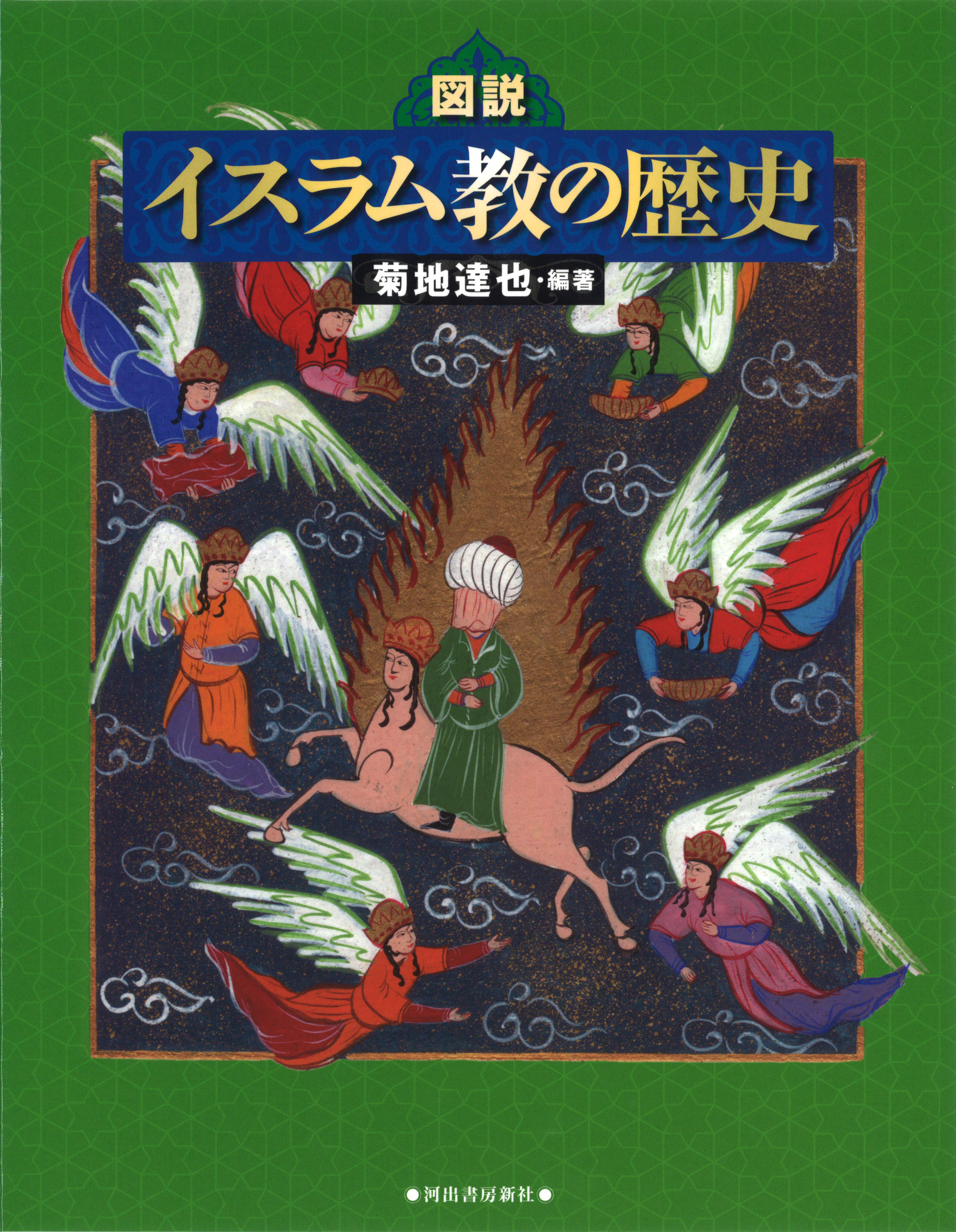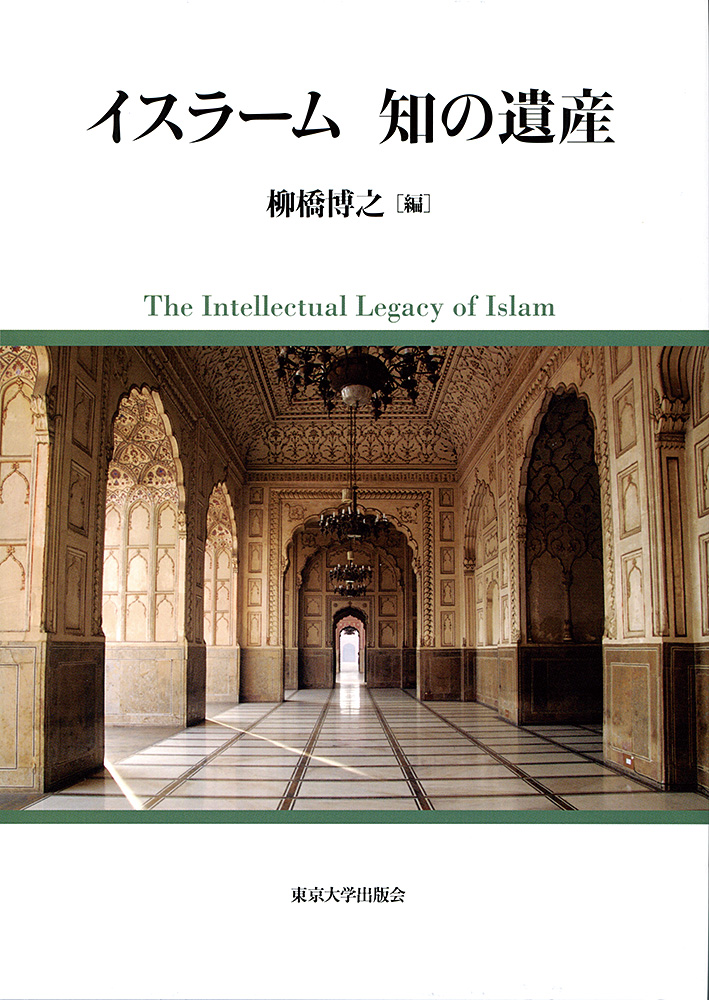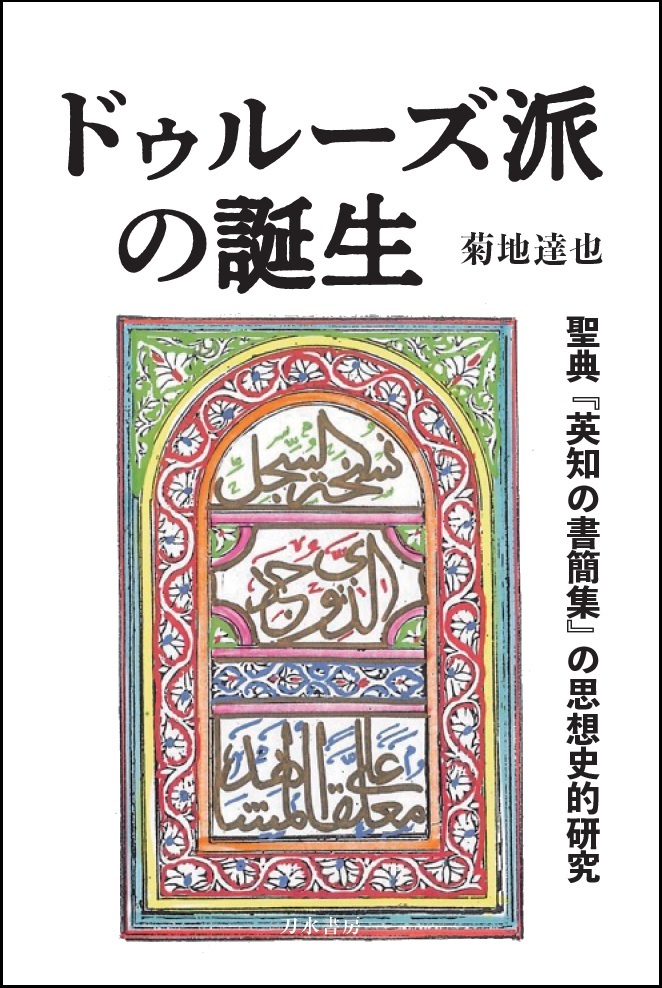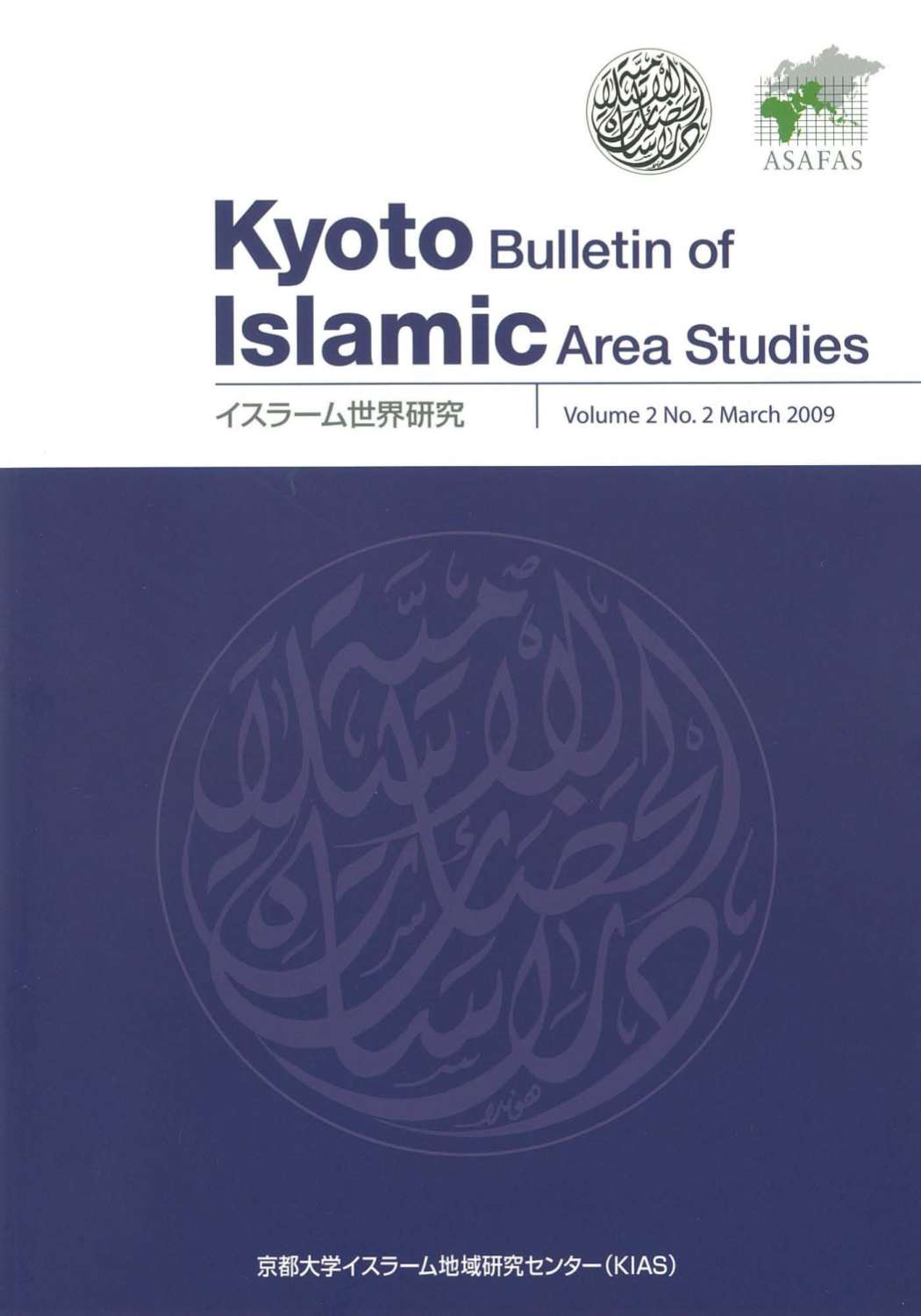
Title
Fukuro Books: The history of the world Zusetsu Islam-kyo no rekishi (The history of Islam with illustrations)
Size
136 pages
Language
Japanese
Released
November 28, 2017
ISBN
978-4-309-76262-3
Published by
Kawade Shobo Shinsha
Book Info
See Book Availability at Library
Japanese Page
This volume is a general information manual designed to depict the multilayered nature of the history of Islamic thoughts. For this reason, chapters are arranged according to specific thought domains such as science, Shi‘a Islam, and Sufism (Islamic mysticism), describing how various currents have intertwined and at times clashed throughout history. Books of the Fukuro no hon: Sekaino rekishi series are normally organized in chronological order to emphasize the flow of history. However, this volume is not necessarily structured in this way, partly because one cannot exhaustively discuss all of Islamic thoughts and Islamic territories in a single book. Another reason is that this book is intended to depict the history of Islamic thoughts in a three-dimensional manner, superimposing the horizontal axis of mutual interactions of thought domains on the vertical axis of chronological changes in these.
However, this does not mean that disparate thought domains have been haphazardly laid out. Chapter 1 and Chapter 2, which introduce the fundamental elements of Islam such as the early history of Islam, the Qur’an, Muhammad, and Islamic theology, constitute the basis of the volume. There is also certain tension between Chapter 3 through Chapter 5 and Chapter 6 through Chapter 7. It would be a tremendous joy for this author/editor if the reader comes to understand that this tension not only represents mere conflicts but also forms the dynamics of Islamic thought culture.
Chapter 3 discusses how heathen scholarship and technologies from Greece were absorbed into the Islamic world and how a system known as Arabic or Islamic science was established. Chapter 4 deals with Shi‘a, a minority sect, explaining how this unique thought system was developed and spread to non-Arab regions such as Iran. Chapter 5 introduces the fundamentals and history of Sufism, paying attention not only to the mystic thought and training of those seeking spiritual bliss, but also to the Sufi orders’ growth as a folk religion promising this-worldly benefits. These chapters, written by young up-and-coming researchers, describe the transformation of Islam, which emerged in the seventh century in the Arabian Peninsula as a result of the God’s revelation, in various ways—sometimes by itself and sometimes under the influence of foreign cultures—and its spread to wide geographical areas across various social classes.
Whereas the main themes of Chapters 3 through 5 relate to the “centrifugal force” of the Islamic culture, those of Chapters 6 and 7 deal with its “centripetal force.” The modern Islamic world is being buffeted by modernization and Westernization. Chapter 6, which focuses on Islamic law, explains that Islamic jurists in modern times sometimes went against the tide of modernization, and at others, sought a compromise with the reality of the situation.
Chapter 7 provides a detailed account of Salafism, which seeks to return to the tradition of Salaf (the first generations of Muslims) and rejects Westernization, Shi‘ism, and Sufism, arguing that these groups are “deviations” that did not exist in the early period of the faith.
It is hoped that the reader will come to realize, as this book indicates, that various conflicts and contradictions are inherent in Islam, a dynamic entity that uses such conflicts and contradictions as a driving force to transform itself day to day. The reader should not be misled by simplistic explanations of Islam as something specific.
(Written by KIKUCHI Tatsuya, Associate Professor, Graduate School of Humanities and Sociology / 2018)



 Find a book
Find a book









